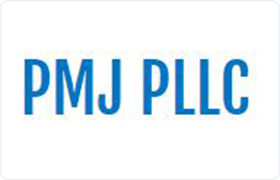Dahinda Workout Lawyer, Illinois
Sponsored Law Firm
-
 x
x

Click For More Info:
-
PMJ PLLC
100 S State St Chicago, IL 60603» view mapBankruptcy & Debt Working Relentlessly For You
Patrick is the Founder of PMJ PLLC and has more than 20 years of experience.
800-901-4721
Not enough matches for Dahinda Workout lawyer.
Below are all Dahinda Bankruptcy & Debt lawyers.
Colby Hathaway
Divorce & Family Law, Bankruptcy, Workers' Compensation
Status: In Good Standing Licensed: 13 Years
Christopher Kanthak
Government, Criminal, Bankruptcy, Bankruptcy & Debt
Status: In Good Standing Licensed: 44 Years
D. Robert. Lindstrom
Banking & Finance, Bankruptcy, Business & Trade, Litigation
Status: In Good Standing Licensed: 50 Years
Christopher William Kanthak
Government, Criminal, Bankruptcy, Bankruptcy & Debt
Status: In Good Standing Licensed: 44 Years
John Michael Hanlon
Divorce & Family Law, Bankruptcy, Civil Rights, Estate Planning
Status: In Good Standing Licensed: 48 Years
 Patrick Jones Chicago, IL
Patrick Jones Chicago, IL Practice AreasExpertise
Practice AreasExpertise
